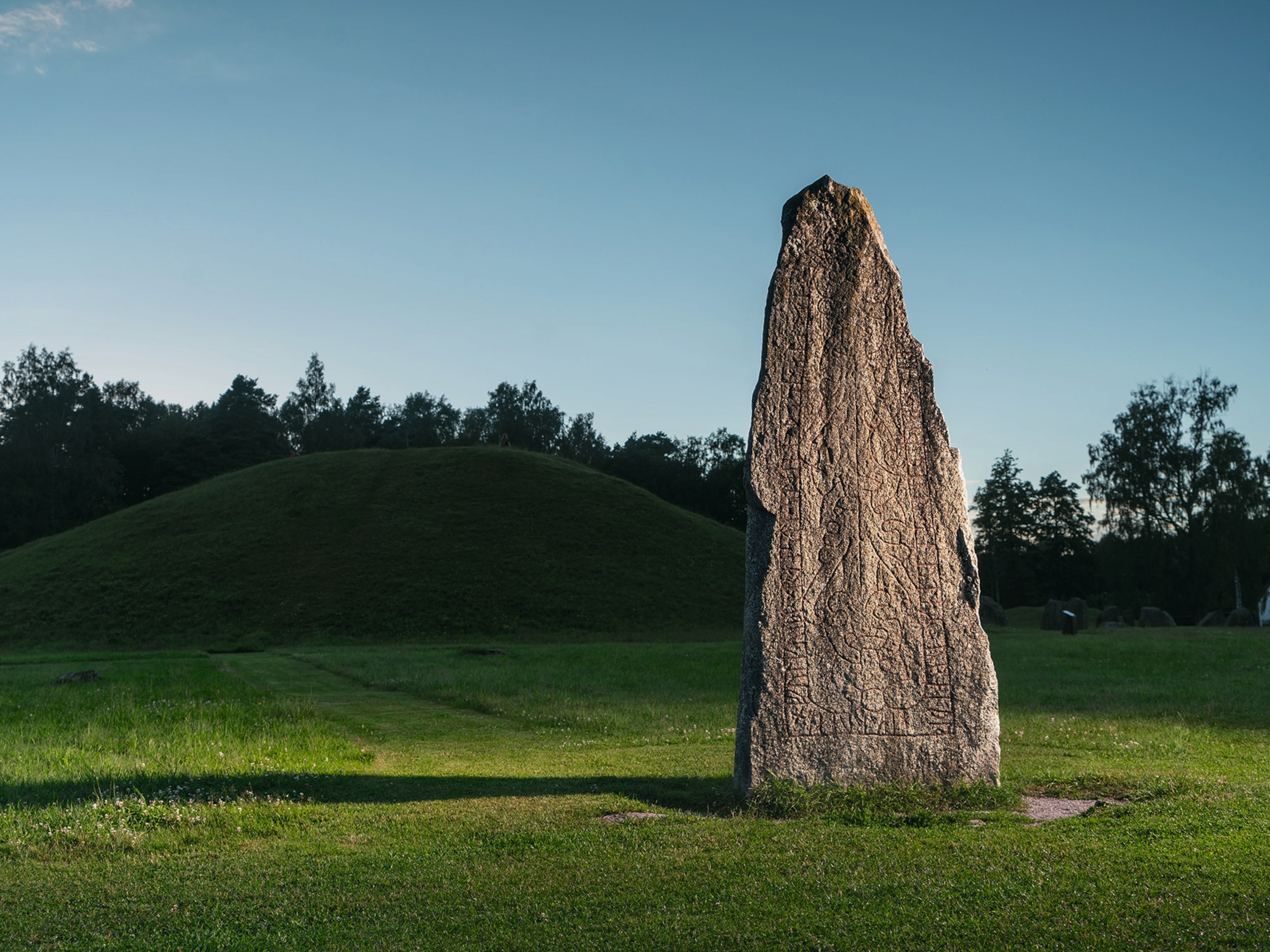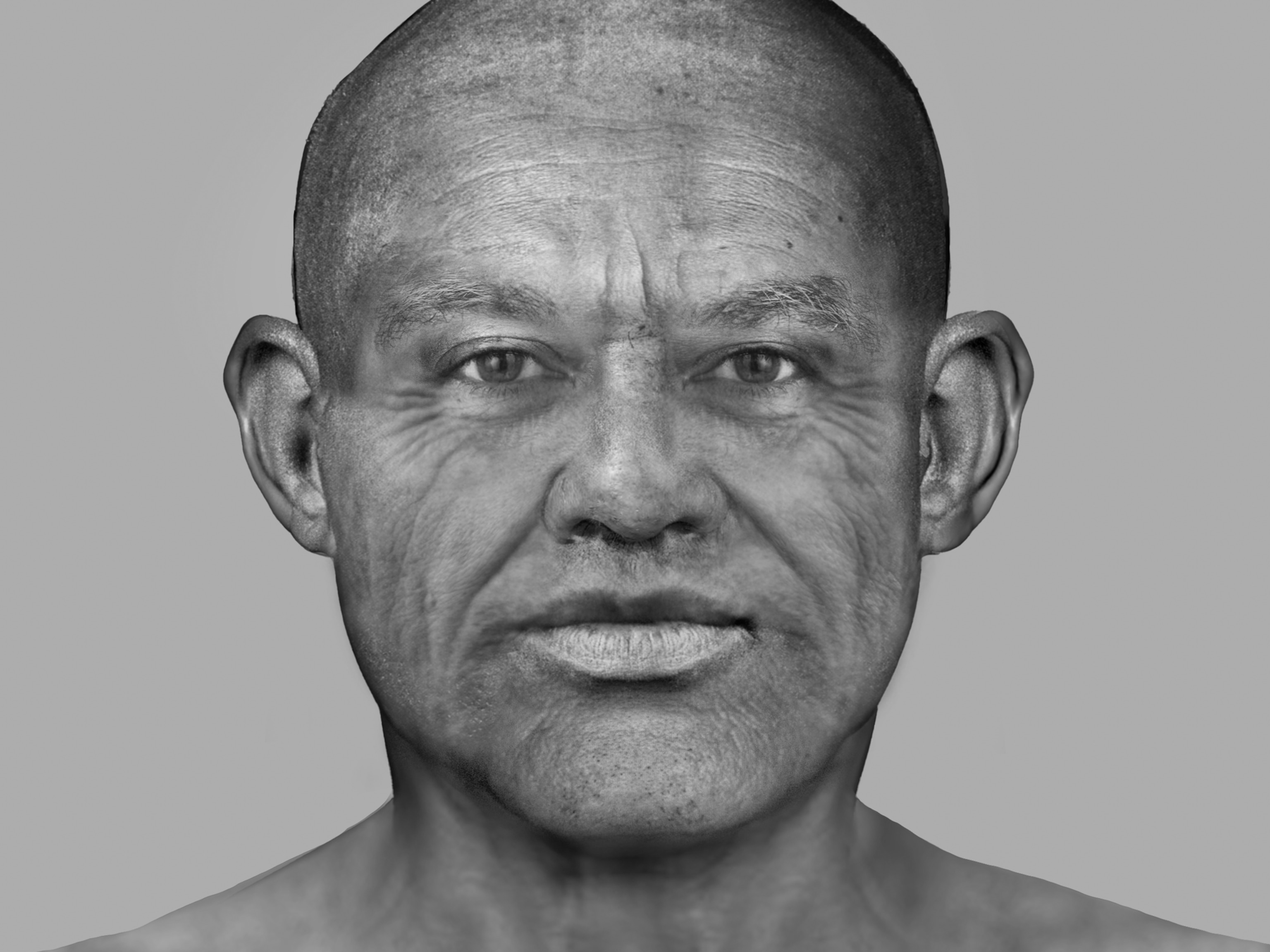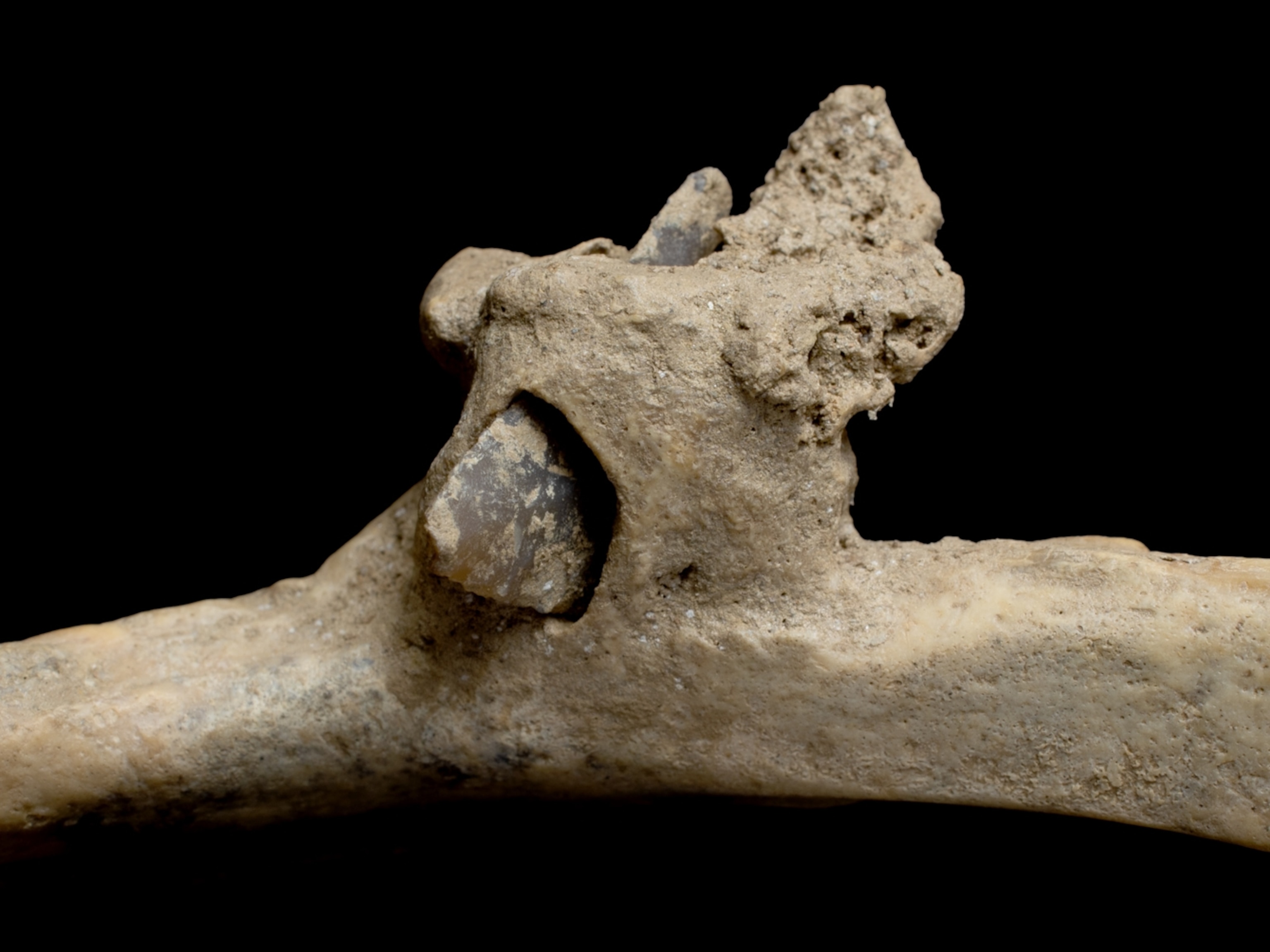Interlocked Skeletons Found at Pre-Aztec Burial Site
Ten were found in total, arranged in a circular shape, and ranging from adults to children.
At least two are female, and one is male. There are adults, a child, and an infant.
Ten skeletons in total were recently found at an archaeological site called Tlalpan just south of Mexico City. Today, the spot is wedged in the midst of a bustling urban area. Local news outlets report that the burial site was hidden under a building that housed classrooms and priests' dorms, but the skeletons date back about 2,400 years.
Archaeologists from Mexico's National Institute of Anthropology and History said in a statement the remains may have been part of a ritualistic burial.
That's because they were found arranged in a circular formation, each on their sides and with arm bones interlocked.
Video taken by institute officials at the scene shows nearly intact human remains protruding from the ground.
Based on initial observations, archaeologists were able to see that at least two of the skeletons had some sort of intentionally deformed skull. Some of the skeletons' teeth also appeared to be intentionally deformed.
Among the skeletons, there were also cajetes, a type of clay pot, and tecomates, rounded bowls with small circular openings.
Whether or not their deaths were intentional is unclear, noted the institute.
The Pre-Classical Era
The burial site dates back to a time that archaeologists refer to as Mexico's Pre-Classical period.
It's way older than the Aztec Empire, which didn't hit its stride until the early 16th century. Before the Aztecs dominated the region, a civilization built around the city of Teotihuacan was in power, but their existence declined by about the 7th century.
(A recent study linked salmonella to the fall of the Aztec Empire. Read more here.)
Archaeologists digging up Mexico's past haven't been wonting for shocking burials. In 2011, excavators found bones with evidence of cannibalism in northern Mexico, and in 2013, more than 150 heads associated with a sacrificial ceremony were uncovered.
The village associated with the burial dates back to this Pre-Classical period and was found in 2006. The archaeological institute has been actively conducting excavations since.
Enduring, Then Vanishing
In an interview given to the institute, the archaeologist who led the dig, Jimena Rivera Escamilla, said the village associated with the burial would have lasted for about 500 years.
This sandwiches it between two major phases in early Mexican history: the Ticoman phase, which existed from 400-200 BC, and the Zacatenco phase, which existed from 700 to 400 BC and was among the first of Mexico's major civilizations on record.
Archaeologists believe earlier human settlement in the region was characterized by hunter gatherers.
Christopher Morehart, an archaeologist at Arizona State University, says archaeologists haven't reached a consensus as to why some of Mexico's earliest civilizations seemed to have faded so quickly. It's thought the region's active volcanoes could be a culprit.
According to Escamilla, this new find will help archaeologists map out some of the earliest aspects of Mexican society.





